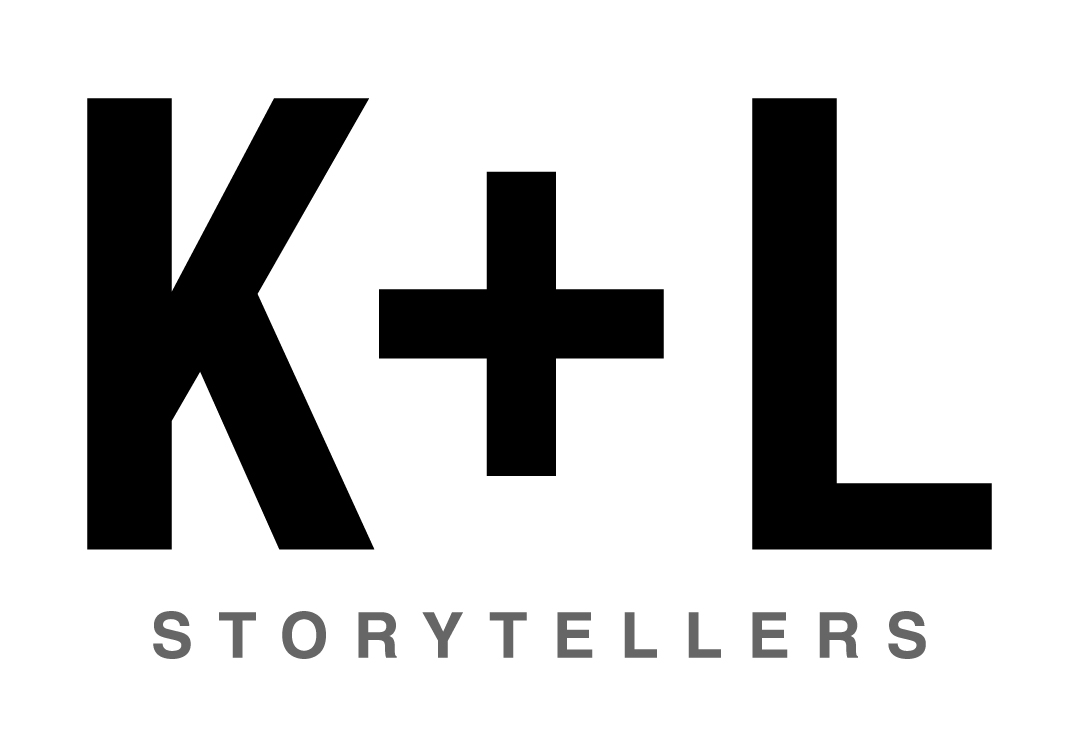AI Doesn't Drink Coffee
Author Joseph Heller would have a field day writing about marketing in today’s corporate world.
It’s the modern-day military “Catch-22”. Each fall, marketing departments submit their “wish list” budgets for executive approval for the following year’s consideration. Each January, the marketing department finds out its fate. It’s usually not a positive one.
Even with a growing global economy, companies are facing more and stiffer competition. In the US, companies are saddled with higher labor and R&D costs than many of their foreign competitors. Profits often give way to cheaper without reducing the quality of product or service.
The catch-22 is how to reduce costs while maintaining quality and profit margins. Reducing labor costs is one way, but many companies have cut to the bone or have replaced higher wage employees with lower wage ones.
Business efficiencies have been targeted -- from employee use of time to inventory to outsourcing services. Implementing more AI is now viewed as the “killer app” to reduce costs, especially in marketing. AI certainly is the up-and-coming tool that marketing and other departments are utilizing to produce quick (not necessarily quality) results.
Generative artificial intelligence (GenAI) is perfect for companies that want to look, feel and sound just like their competitors. The website images, graphics and words are nearly the same. The blogs are written indifferently. The contact us responses are identical. Vanilla, vanilla, vanilla.
In a better world, where AI is utilized in conjunction with marketing initiatives, AI may not result in the cost savings companies anticipate. People will still need to manage AI. Corporate guidelines and corporate imperatives will need to be followed unless those two assets are thrown into the public domain. Tweaking AI-generated content will still take time. A lot of film will be laying on the cutting-room floor. A lot of words will be slashed from robotic prose. A lot of images will be filtered to show just the right texture, tone and special effects.
At the end of the day, or year, or budgeting cycle, companies need to be memorable in the eyes of their customers and potential customers. That happens through story. The story of the company. The story of their people (arguably their greatest assets). The story of their customer’s success. The story of their vulnerability and pain that they have overcome.
AI doesn’t get dressed in the morning, drive to your office and sit down over a cup of coffee to ask you about your vision or interview your team. Pure AI puts like-minded companies into a vanilla basket, showing no differentiation from their competitors. AI is quick and should be used, but it should be an addition, not subtraction, to the marketing budget.
Or as theoretical neuroscientist Vivienne Ming said in a podcast on AI: “All the people that are getting the productivity boost out of generative AI are lower-skilled than their comparison (group) … that suggests that these people will show up on the job, they’ll have Co-Pilot, or they’ll have a system that reads contracts for them, or assist their diagnoses, and they’ll never learn how to do their job. The person you got on Day 1 is the person you have on Day 1,000.”
And that is a real catch-22.
PS: This was not written using AI.


